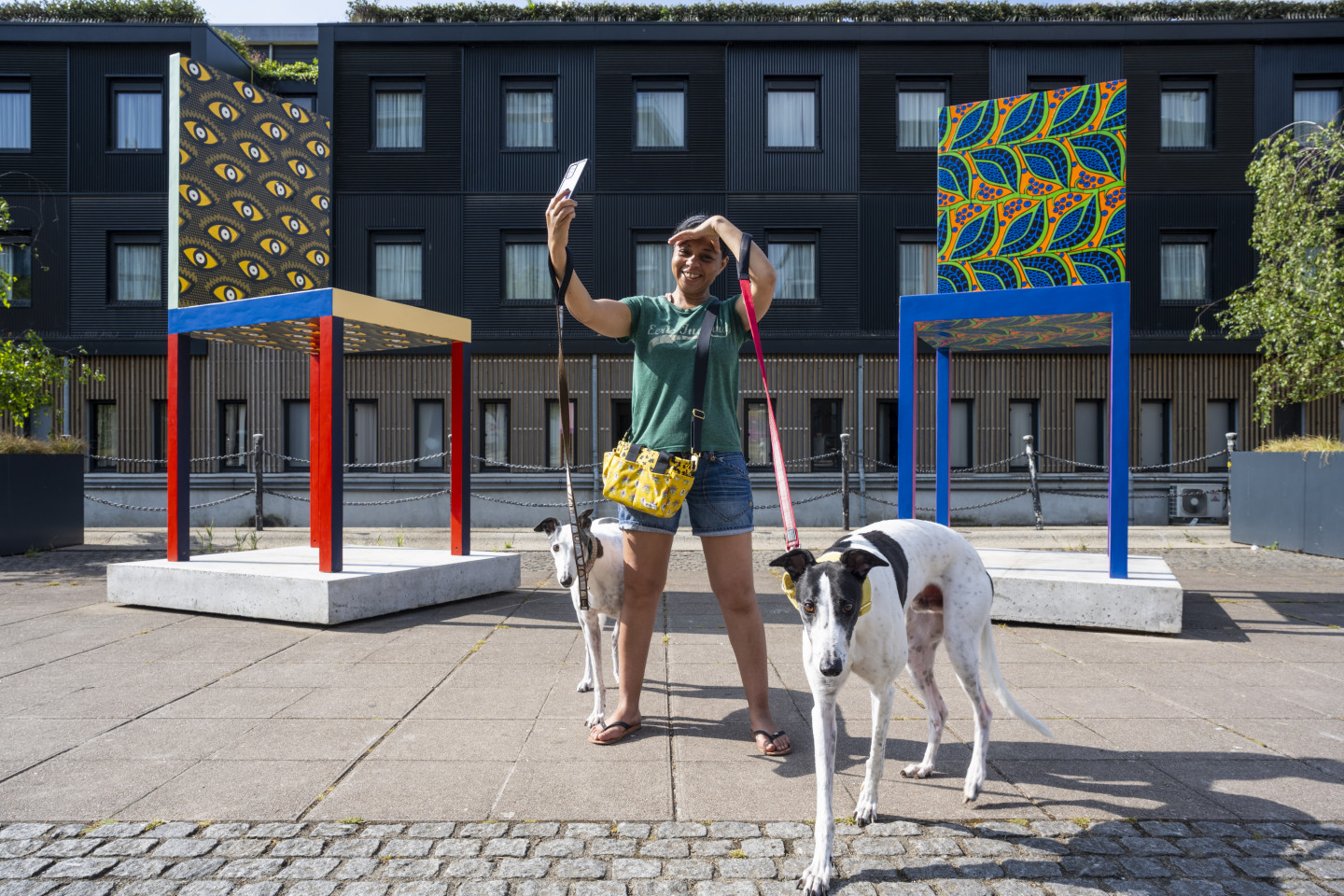Canning Town
Canning Town was originally part of Essex. For a long time, this area was mostly marshland, but in the first half of the 19th century things began to change.
New transport links to East India Dock and the opening of businesses including the Thames Ironworks & Shipbuilding Company and the Tate & Lyle Thames Refinery attracted workers to the area. Chemical and ink manufacturers and other industries also set up in the Lower Lea Valley and settlements began to grow.
When Royal Victoria Dock opened in 1855 the population increased rapidly as workers and families needed to be accommodated nearby. Houses were thrown up and one of the new settlements was Canning Town, thought to be named after Charles John Canning, who suppressed the Indian Rebellion of 1857 and went on to become the first Viceroy of India.
As Canning Town was in Essex it was not subject to Metropolitan Acts so new streets of houses were erected without drains or proper roads. Many of the people living here were casual, low-paid workers and there was widespread poverty. Without a proper water supply or sewage system, living conditions were bad, and diseases like cholera and smallpox easily spread.
The illustration here is from a book called Town Swamps and Social Bridges (1856) by George Godwin. He uses Canning Town as an example of the dangers of poor planning and a lack of drainage, describing the streets as miserable: “many of them, although the day was tolerably fine, were almost impassable, and vehicles sank nearly up to the axletrees in the mud.”
Indeed, the area became the centre for numerous movements as trade unions and political activists fought for better living and working conditions. James Keir Hardie and Will Thorne both campaigned here, going on to become prominent figures in the nascent Labour Party.
Image credit:
‘Canning Town – a hybrid suburb’ from George Godwin’s Town Swamps and Social Bridges 1856. Courtesy of Newham Archives and Local Studies Library
Supported by


